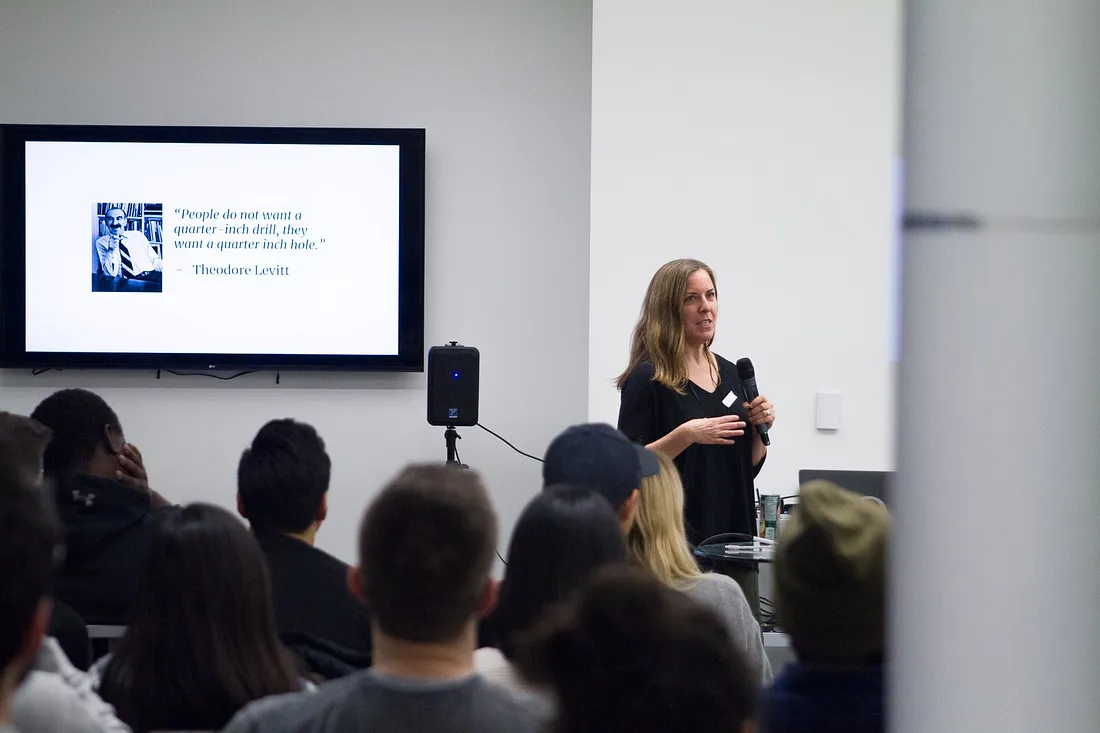Jobs-to-be-done
People buy products and services to get a job done.
Clayton Christensen
In that quote, “job” isn’t meant as employment to earn a living but is a shorthand for whatever a user really seeks to accomplish in a given circumstance.
Some jobs could really be big and time-consuming, like accelerating a career. Others might be quick and simple, such as bridging waiting time in a queue.
In JTBD, jobs are strongly connected to circumstances, the environment, and the context when a need arises. As a result, the perspective on competing products might change, such as when TikTok, Netflix, and traditional TV all compete for the same attention span of consumers. Similarly, car sharing has become a competitor of car dealers because, in most cases, the JTBD is to get from A to B in a convenient manner — not to own a car.
Also, jobs are typically connected with social aspects and emotions as the picture to the right nicely illustrates: yes, there might be a lot of high-tech in the product — but in the end, the user wants to have fun and look cool.

Further Reading

Mapping the Job-to-be-Done
The Job Map reveals a stable strategy to drive growth through innovation: get the entire job done on a single platform.

What is Jobs to be Done (JTBD)?

Jobs to be Done in Practice
A summary of talks from UX Research TO’s November 2017 meet-up.
